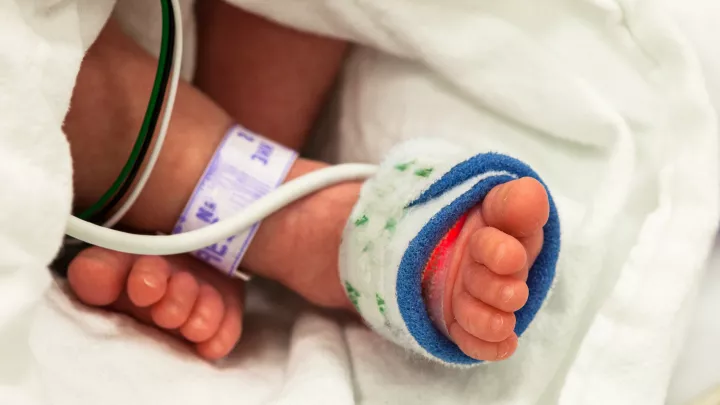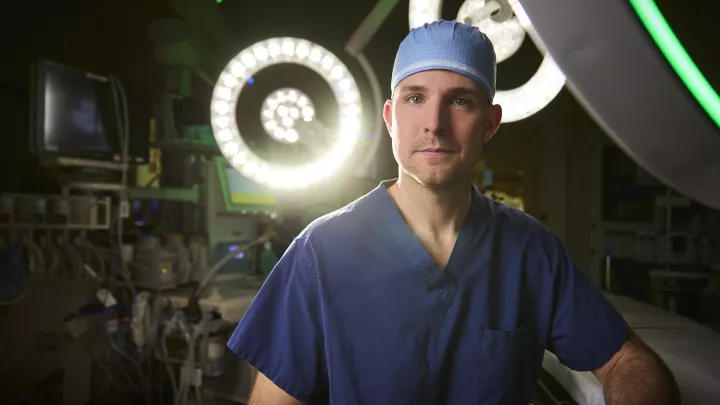Cardiopulmonary Exercise Laboratory
An exercise test shows how your child’s heart works when they are exercising. In some cases, we may also test your child’s lung function.
At Children’s Hospital Los Angeles, our team explains the process, so you and your child know what to expect. The results help our team plan the most effective treatment for your child.
What Is an Exercise Test?
Doctors sometimes call an exercise test a stress test, treadmill test, or fitness test. It can diagnose certain genetic heart and lung conditions. It also shows how your child’s heart responds to exercise.
Children who have pulmonary hypertension, diseases that affect the heart muscle, or who have had cardiothoracic surgery, may need an exercise test to see how well their heart is performing. Our exercise technicians, under the direction of a cardiologist, work with your child to perform the test. Meet our pediatric heart institute team.
This test works well for children who can walk on a treadmill or use a stationary bicycle and follow a doctor’s instructions. If your child isn’t old enough for this test, your cardiologist will discuss other options with you.
Exercise Test: What to Expect
The entire test takes about an hour. The exercise part takes 10 to 15 minutes in most cases. You and your child spend the remaining time getting ready for the test and getting your questions answered. You can stay with your child throughout the process.
An exercise test is not painful, but your child will get tired by performing a complete exercise test. Your child will feel out of breath immediately after the test and may be fatigued for a short time afterward.
Here’s what to expect at each stage of the exercise test:
1. Before your child’s appointment
To prepare for the test, your child should:
- Eat a healthy meal about two hours before the appointment
- Drink plenty of clear fluids, especially water, to stay hydrated
- Avoid caffeine, including coffee, tea and soda, as it can interfere with the test’s accuracy
- Wear comfortable clothes and shoes that are right for walking and running
2. Placing the electrodes and blood pressure cuff
When it’s time for the test, we put a blood pressure cuff on your child’s arm. Your child may notice an arm squeeze from the blood pressure cuff.
We also place 10 stickers called electrodes on your child’s chest. They do not cause pain.
3. Placing the mouthpiece or mask
If we need to check your child’s lung function, we supply a special mouthpiece or mask. In some cases, children also wear a nose clip that is like what swimmers use. Your child’s cardiologist or pulmonologist will tell you if your child needs this part of the test.
This equipment helps us collect information about your child’s breathing patterns and how well your child’s lungs use oxygen.
4. Walking and running on the treadmill or using a stationary bicycle
After we check your child’s heart at rest, your child:
- Walks on a treadmill or begins pedaling on the stationary bicycle
- Gradually increases speed for several minutes
- Exercises at his or her maximum level for a short time
We use special monitors to watch your child’s heart and lungs during rest and exercise. If our doctors see an abnormal change, they stop the test immediately.
Serious problems during the test are rare. But if they happen, our team is prepared to help.
Getting Your Results
After your child’s test is complete, our pediatric cardiologists analyze the results. Your doctor will contact you to discuss the results and what they mean for your child’s treatment plan. Learn more about our nationally ranked pediatric cardiology care.


